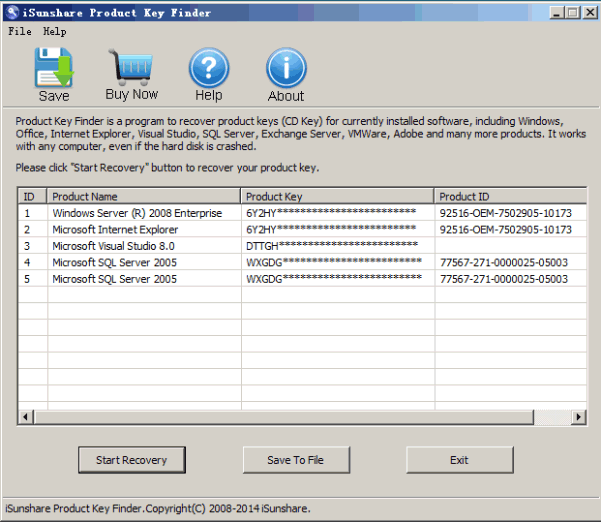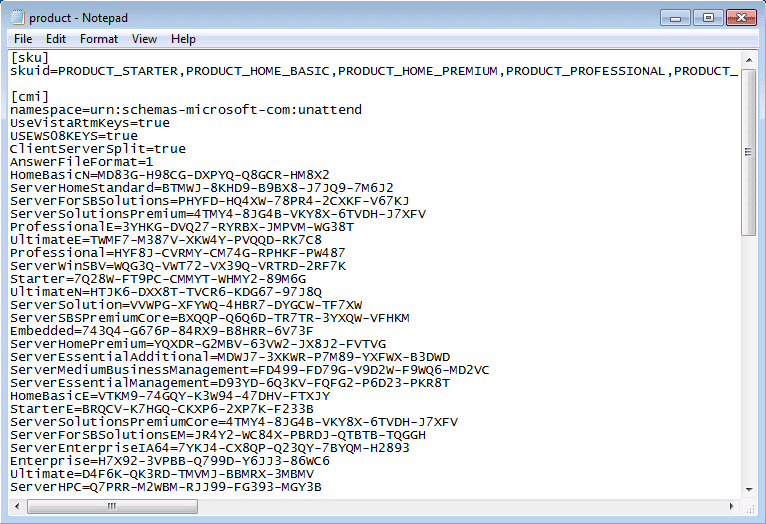

It also contains a value for the CSDBuildNumber at the end.

The CSDVersion represents the Service Pack level of the Operating System.

Windows Server 2008 Release Candidate 1 with Hyper-V Beta Windows Server Codename “Longhorn” Beta 3 Windows Server Codename “Longhorn” April 2007 CTP Windows Server Codename “Longhorn” February 2007 CTP Windows Server Codename “Longhorn” December 2006 CTP Values for this registry key start with 6001, followed by the second revision number, followed by some processor information, some more build and version information and the time and date on which the build was made. Below is a table with values for the second revision number corresponding with publicly available versions of Windows Server 2008 / Windows Server Codename "Longhorn": 6001.16406 HKLM\SOFTWARE\Microsoft\Windows NT\CurrentVersion\BuildLabEx This allows the method to be used on both the fully installed version of the Operating System and Server Core installations. Using your favorite registry tool you can easily read the version of your Operating System here: The BuildLabEx value is stored in the registry. The BuildLabEx value is an extensive version of the BuildLab value and holds more information.
#Get windows server 2008 product key from registry Patch
The method of using the BuildLab value is a fairly common method to determine Windows versions and patch levels. There are two methods to determine your version of Windows Server 2008: This additional revision number started at 16384 at the release of the August Community Technology Preview (CTP) when Windows Server 2008 was still known as Windows Server Codename "Longhorn". To differentiate between the test versions Microsoft has decided to use an additional revision number. Microsoft has decided to use 6001 as the Build number for all Windows Server 2008 test versions and Windows Vista Service Pack 1 test versions. The build number is an incremental attribute value to identify superseding builds. (They share the same codebase.) Build 6001Ī new revision, or Build, emerges when a new version of Windows is generated from the source code. Windows Vista and Windows Server 2008 are both version 6.0 of Windows NT. Both Windows 2000 Server and Windows Server 2003 are major version 5 of Windows NT. Looking at the Windows NT family of products you can clearly see these combinations when you invoke winver.exe and examine the second line of output:Ĭlearly Windows NT 4 Server is major version 4 with minor version 0. Under the hood all Microsoft Windows versions have this unique combination of numbers. Windows versions can be identified using their Major version, their Minor version and their revision. (or at least get asked for the ‘name’ of the version) When submitting a bug or asking a question in the TechNet forums you might even get asked for it. This number, also known as the Build number, is used often to distinguish test versions. Microsoft has recently decided to supply every Windows Server 2008 test version with the same major revision number.


 0 kommentar(er)
0 kommentar(er)
